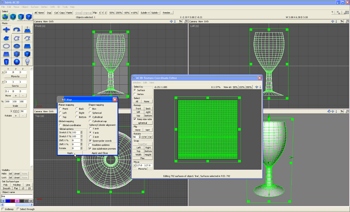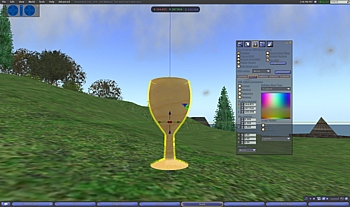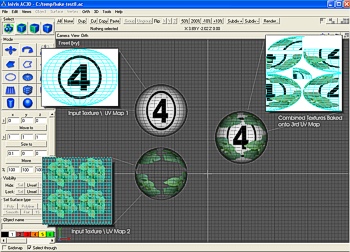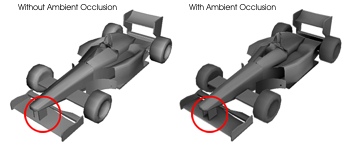Sculpted Prim Wine Glass
Thursday, April 2nd, 2009A wine glass is one of the first things most people make when they learn to use a 3D program. It’s fun and it’s easy.
Making a sculpted prim wine glass for Second Life is equally fun. In fact, it’s almost exactly the same except you need to UV map it before you upload it. A simple cylindrical map will do. Here’s a video to show you how using AC3D.
The step-by-step:
- Draw a polyline that will form the outer edge of your wineglass.
- (Optional) Use the spline tool to make your polyline into a smooth curve.
- Revolve the polyline around the Y axis 360 degrees. The more segments you use the smoother it will be, but the more polygons. You don’t need very many polygons, so don’t overdo it.
- Using the UV map tool, apply a cylindrical wrap around the Y axis.
- Export!
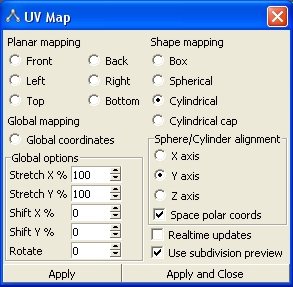
Here are the UV map settings I used.
When you import it into SL, be sure to set your mapping mode to cylindrical. If you don’t, the top and bottom of the glass will be solid instead of hollow.

